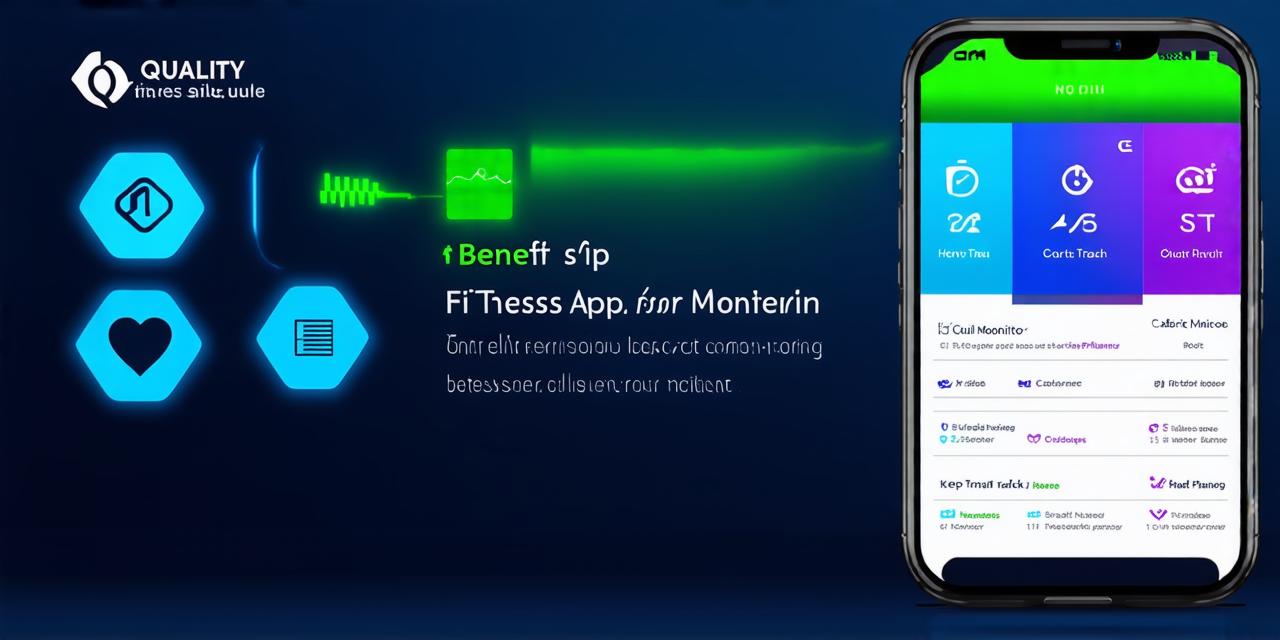In the digital era, mobile banking apps have become indispensable, offering seamless financial management to users.

Mobile banking apps enable users to perform transactions such as depositing checks or transferring funds with ease. Security is prioritized through advanced encryption and multi-factor authentication.
Bill payments and subscriptions can be managed effortlessly, with the ability to schedule payments, set up recurring transactions, and cancel subscriptions. Financial management tools like budgeting, expense tracking, and goal setting help users make informed financial decisions.
According to a report by Juniper Research, mobile banking transactions are projected to reach 1.6 trillion by 2025, highlighting the potential of these apps in the digital landscape.
For instance, John, a busy professional, uses his mobile banking app for bill payments, fund transfers, and financial management on-the-go.
As a developer, embracing mobile banking app capabilities can lead to innovative solutions that simplify financial management for millions worldwide. While developing a full-fledged mobile banking app requires collaboration with banks and adherence to strict regulations, you can create apps related to budgeting, expense tracking, or investment management.
Mobile banking apps are typically developed using Java (Android) or Swift/Objective-C (iOS), but cross-platform frameworks like React Native and Flutter are also popular choices.



